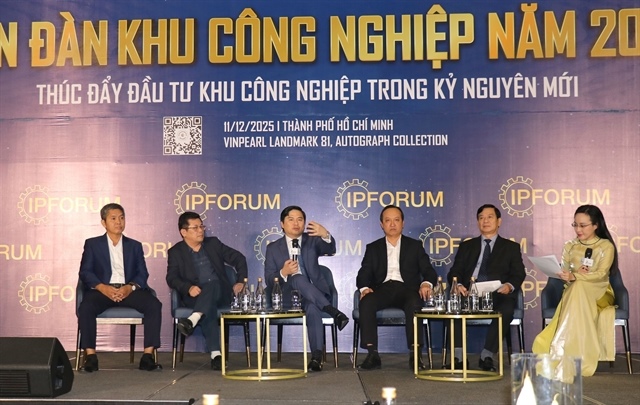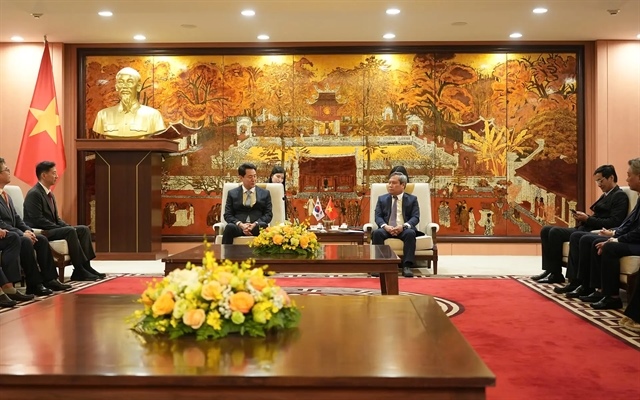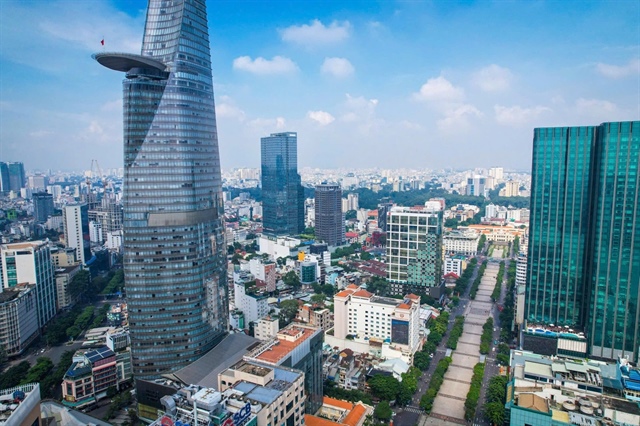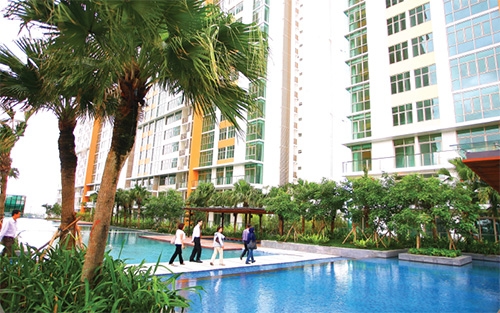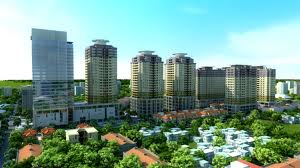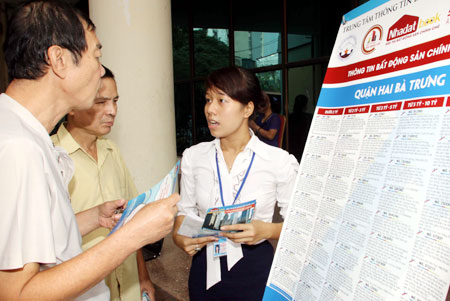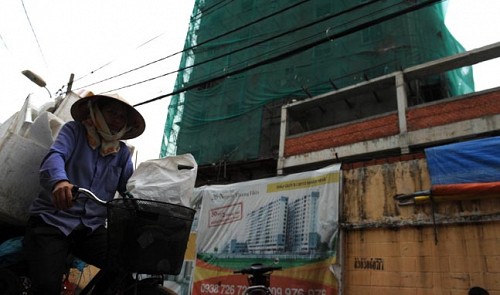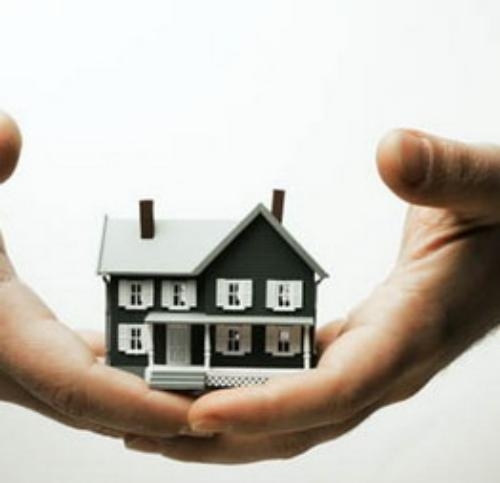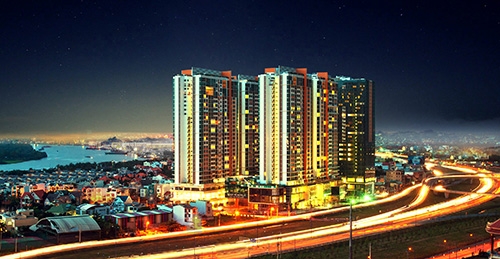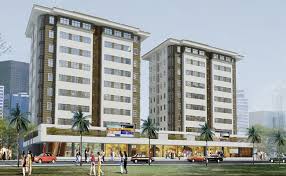Fresh energy for a new direction
Fresh energy for a new direction
Incorporating green features in real estate projects has become increasingly popular. Developers are embracing the strategy to boost the bottom line, improve their brand and protect the environment. VIR’s Bich Ngoc takes a closer look at the trend in Vietnam on occasion of World Environment Day, June 5.
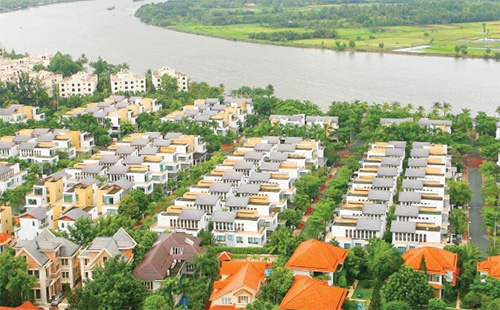
Developing green values in property projects has become trendy.
More people have come to the perception that eco-friendly designs and greater energy efficiency in buildings will help reduce not only energy costs and greenhouse gas emissions, but also increase the value of their projects.
Just last year, Vietnamese architect Vo Trong Nghia won two awards at the World Architecture festival for his design of Binh Duong school in southern Vietnam.
“We, the Vietnamese, need to think about climate change, so we should make a house, a school, a building using less energy,” Nghia said.
But, while green features in modern property projects in Vietnam are often regarded as a new concept, the country’s traditional architecture has long boasted “green” elements, experts said, that have been lost in the rush toward urbanisation.
Professor Nguyen Quoc Thong, deputy chairman of the Vietnam Association for Architecture, said the “green” features Vietnamese traditions, a smooth combination that can be summed in three words: “People – Architecture – Nature.” Even though the green features were applied differently by different ethnic groups, the elements were used in every region of the country.
Rapid urbanisation, however, has damaged the traditional architectural virtues, producing unsustainable development that exacerbates problems. Energy costs in Vietnam have increased by more than 15 per cent annually over the past two years and waste water management continues to be a challenge throughout the country. A Ministry of Industry and Trade (MoIT) report shows that in Vietnam, a building on average uses at least 25 per cent energy more than needed.
Urbanisation has also created more traffic jams and environmental pollution- and all of these problems, in turn, have produced a resurgence of green thinking.
“Green architecture now becomes the current trend. It forces every developer, investor and user to think about it,” Thong said.
The number of buildings and projects which have green characteristics has been increasing dramatically in recent years. Some high-profile projects have been honoured by international and domestic design institutes for green attributes such as Bamboo Wing in Flamingo Dai Lai, Suoi Re Commune House, Vietinbank Hanoi building and Dolphin Plaza Hanoi and a range of resorts stretched along the length of the country like Sai Gon Mui Ne Resort, Six Senses Hideaway Ninh Van Bay and Ana Mandara Villas Dalat.
Thong said the green features in these award-winning projects respected the needs of the natural environment and human beings. “Green architecture is the smooth combination between traditional knowledge and modern expertise, in order to have a friendly environment comfortable for users,” he said.
Green buildings also used green materials and technologies which have low carbon footprint, are energy-saving and minimise the usage of natural resources.
Turner International’s Jim Goldman, project director of Vietinbank Tower in Hanoi, told VIR about his firm’s green philosophy in how it applied to a trinity of values: environment – economic – people. The environment, Goldman explained, meant reducing resource consumption. “Economic regards the tenant’s demand, product differentiation through value, higher efficiency, lower cost of building, increasing productivity and higher quality. Meanwhile, the people reflects the project’s relationship to the community.”
Green features must appear in the project from early stage, when it was still on paper, and solidly developed during the project’s process. “Planning for success, start early,” he said.
Goldman added that in the initial stage of green buildings in Vietnam, the government should educate people from an early age. “It is ideal if the concept of green building can be taught in school, enabling every child to understand the urgent need of how to develop in a sustainable manner.”
Russ Drinker, managing director of HOK - a global architect firm, said that Vietnam had a huge potential for maximising green values.
“Green features must not be used on property only, but for all aspects of people’s life, in an aim toward a more sustainable development,” Drinker said.
“With thousands of under constructions and many other projects were pipelined in the coming time, Vietnam will be a rich destination for any persons who are interested in green and sustainable development,” he said.
Minister of Construction Trinh Dinh Dung said Vietnam would attempt to take measures to accelerate energy efficiency to save 15 per cent in energy use per square metre of new buildings in the next years.
As part of this effort, the Ministry of Construction (MoC) recently signed a cooperation agreement with the International Finance Corporation (IFC) to promote energy efficiency in buildings and reduce greenhouse gas emissions.
Accordingly, the IFC will help the ministry develop procedures and the capacity to implement the Building Energy Efficiency Code between 2013 and 2017.
This agreement is expected to contribute to the implementation of the National Target Programme on Climate Change Adaptation, the National Target Programme on Energy Efficiency, and the National Green Growth Strategy.
vir


